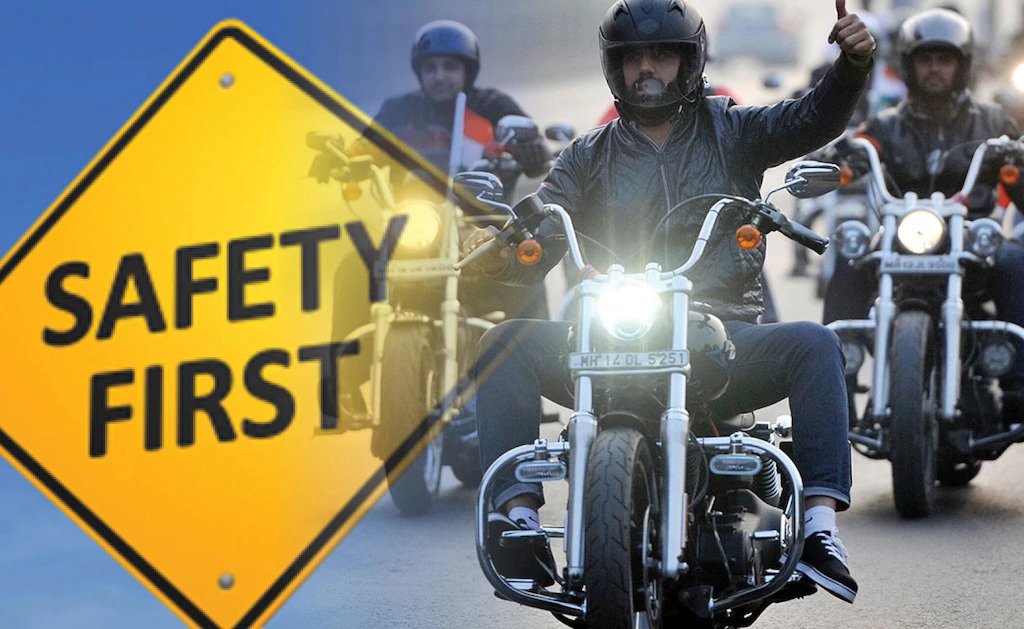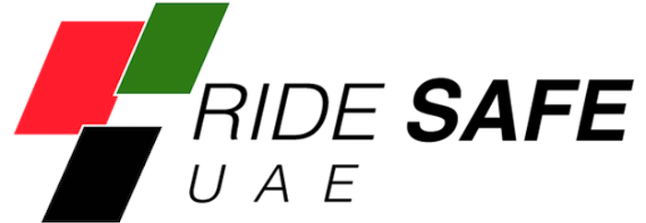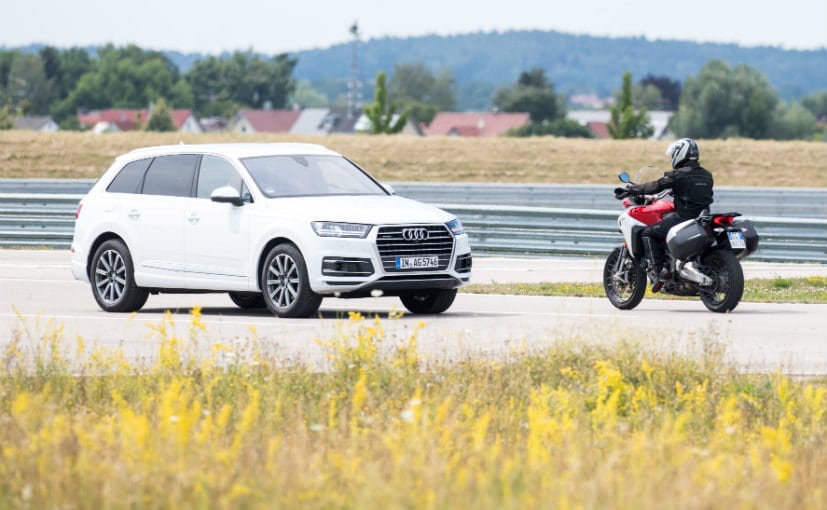Being seen is not just about high viz jackets, reflective strips, and shiny metal, it’s also about how and where you position your motorcycle to remain as visible as possible on the road. Otherwise known as “Conspicuity” or making yourself more readily and easily visible to others whilst being aware of their blind spots. This plays a part in what we call defensive riding. In simple terms, whenever you are riding assume no one has seen you and that everyone and everything is out to get you. Riding with this attitude encourages you to anticipate possible dangers and avoid surprises, which will go a long way to reducing the chance of having an accident.
“Plan ahead, scan ahead, and expect the unexpected!” – Brian Cartwright, Founder – RIDE SAFE UAE
For example, most riders must have seen various videos online of a motorcyclist trying to overtake a car and then getting sideswiped as the car also pulls out to overtake another car in front of them. I’m sure most people have seen the comments from people that generally follow these videos about how the driver is at fault and should’ve seen the bike, and yes, it’s partly true but regardless of who’s at fault, the motorcyclist will invariably have come off worse.
We share these types of videos regularly on the RIDE SAFE UAE Facebook page. They are a great learning tool and serve as very important reminders of just how vulnerable we are on the roads.
Our advice is to try to look at these situations as the rider error. Ask yourself what else could you do as a rider to avoid this happening?
On two-way roads, the rider should have expected that the car might try to overtake as soon as there is a gap. On a highway with multiple lanes, if the car in front of you is already close to the next car in front and the lanes on either side are empty, there is a good chance that the car directly in front of you will change lanes. Plan ahead, scan ahead, expect the unexpected, and always give yourself a few more seconds to figure out what the vehicle in front might do before you start overtaking.
Get into the habit of scanning, which involves looking to the far, medium, and close distance as well as looking wide and to the sides and rear. You are basically gathering as much information as possible about the constantly changing situation around you and looking for clues to help you identify potential hazards.
We define a hazard as anything that causes you to change your speed or direction, so as you can imagine the list of potential hazards is very long. If you identify hazards early, you can adapt your speed and position to suit the conditions and situation, which will reduce the likelihood of any surprises or accident.
Stay safe out there, and please remember that written information provided by RIDE SAFE UAE is general advice from experienced motorcyclists including former motorcycle instructors and motorcycle industry experts. It is no substitute for physical training but it does provide you with useful tips, insights, and advice that can help you focus on improving your overall riding skills and ability.










